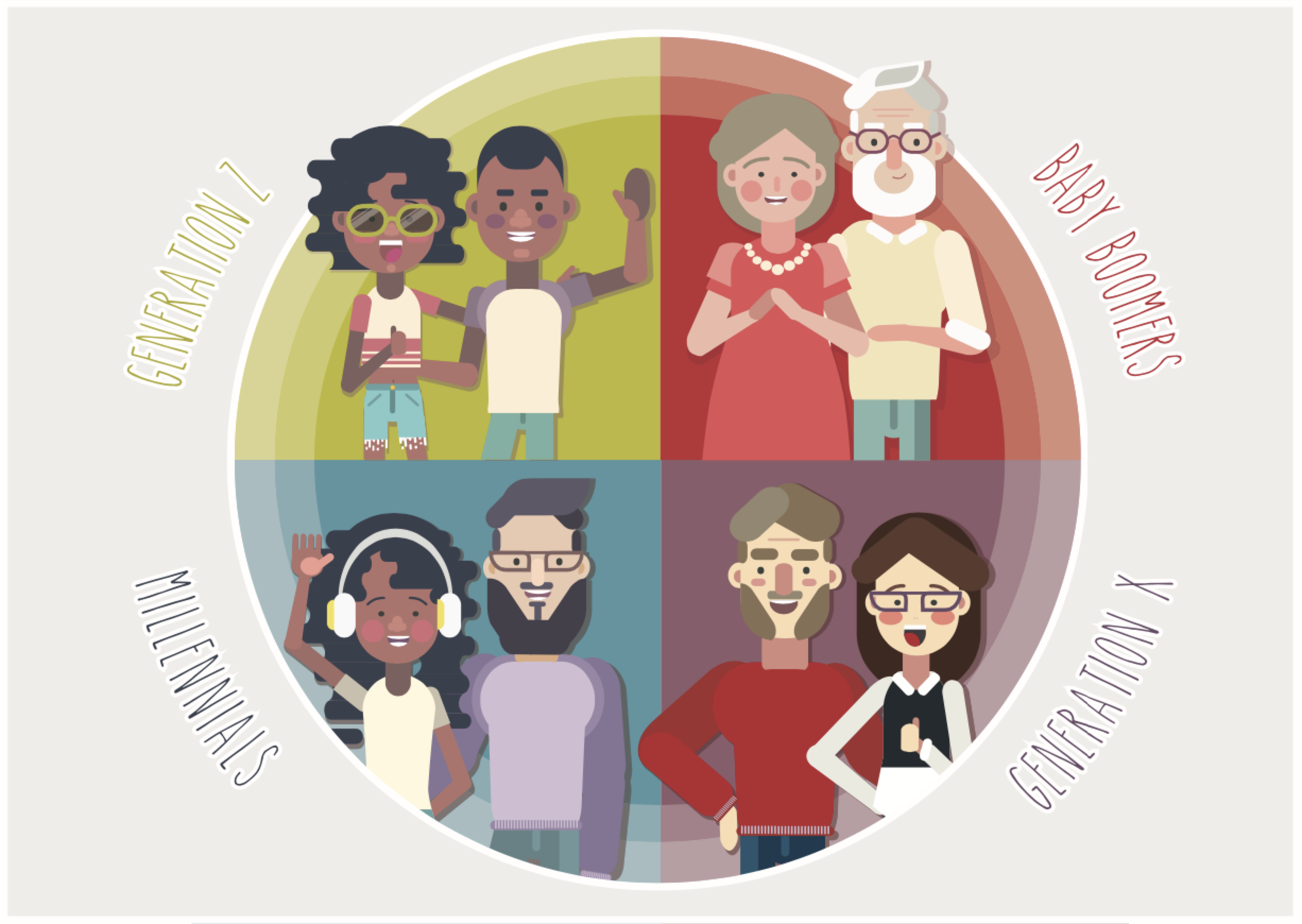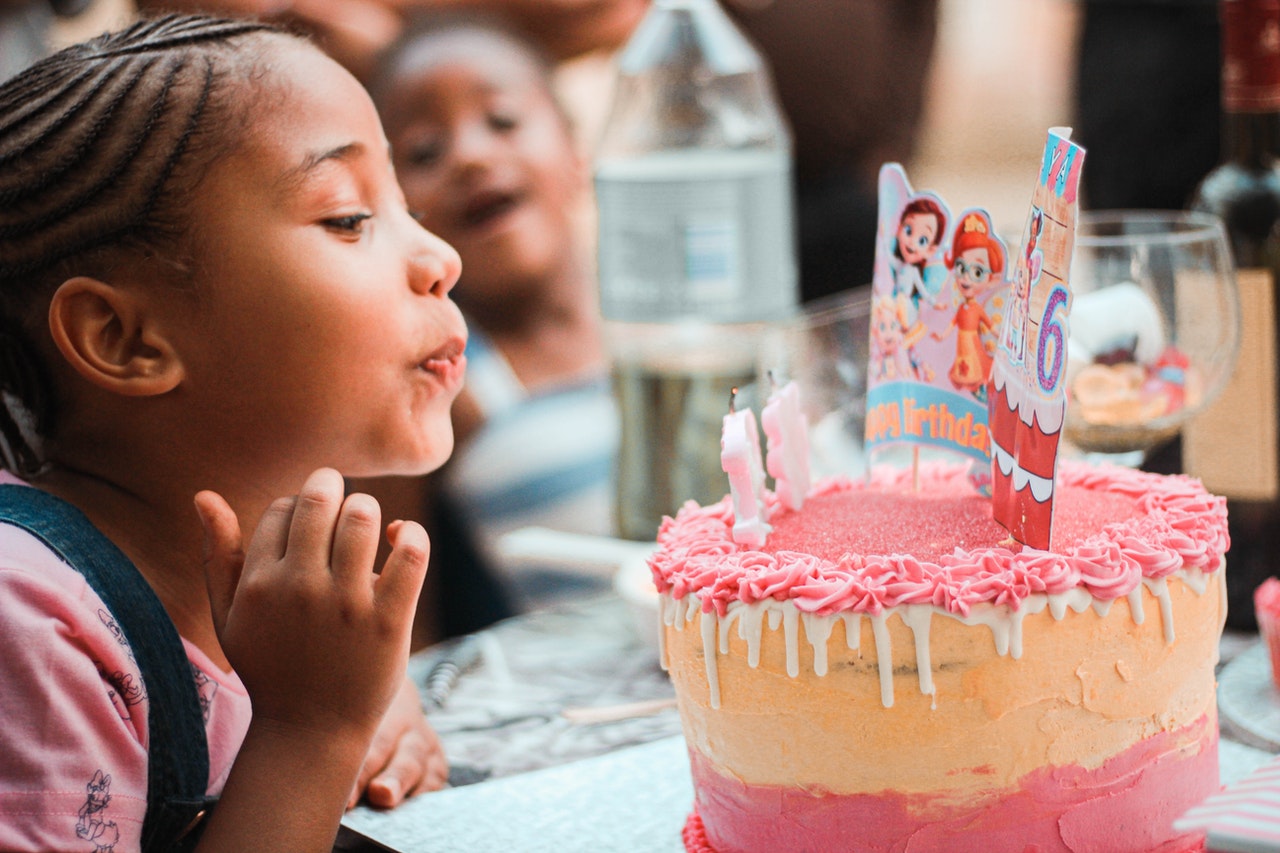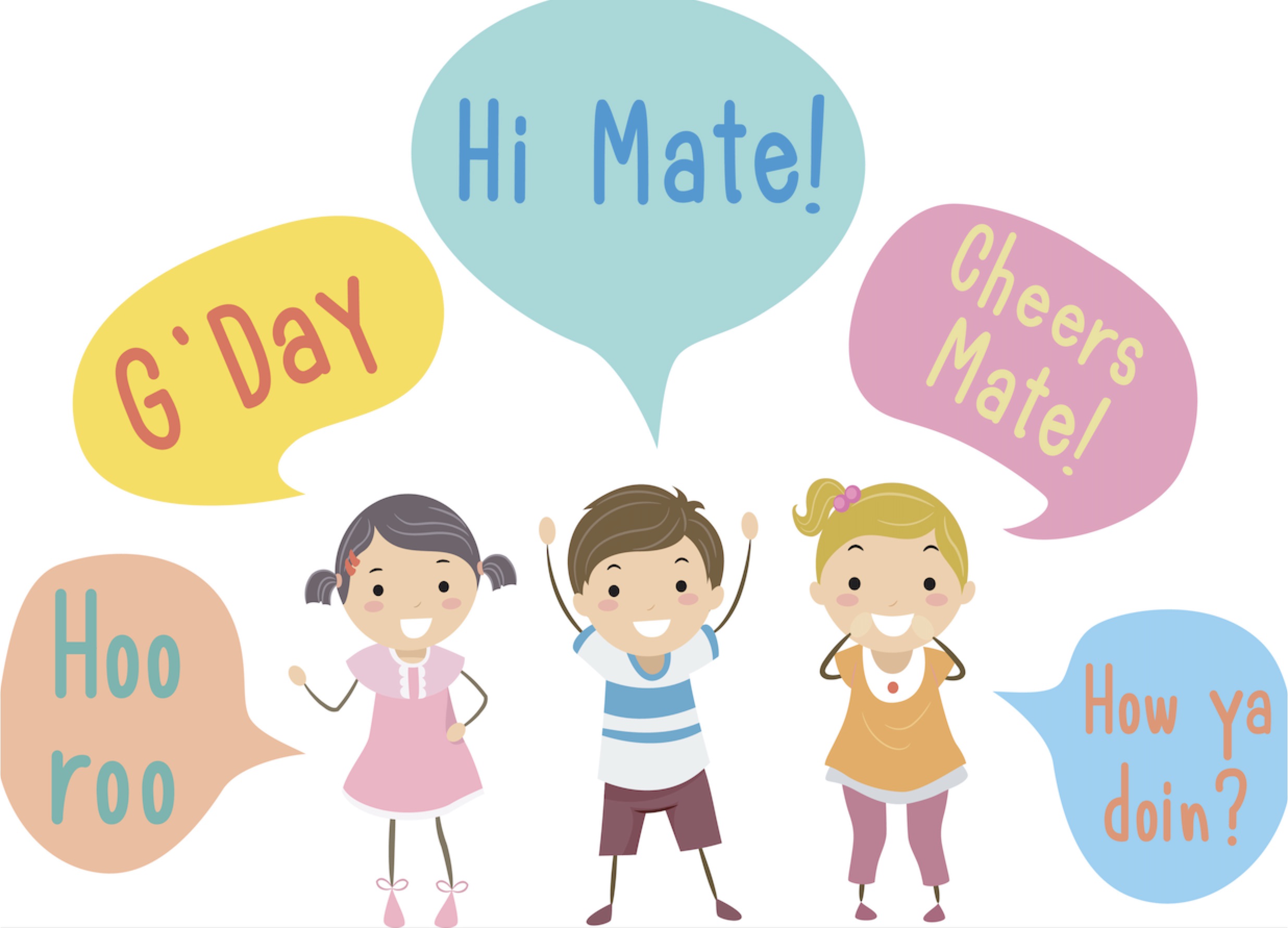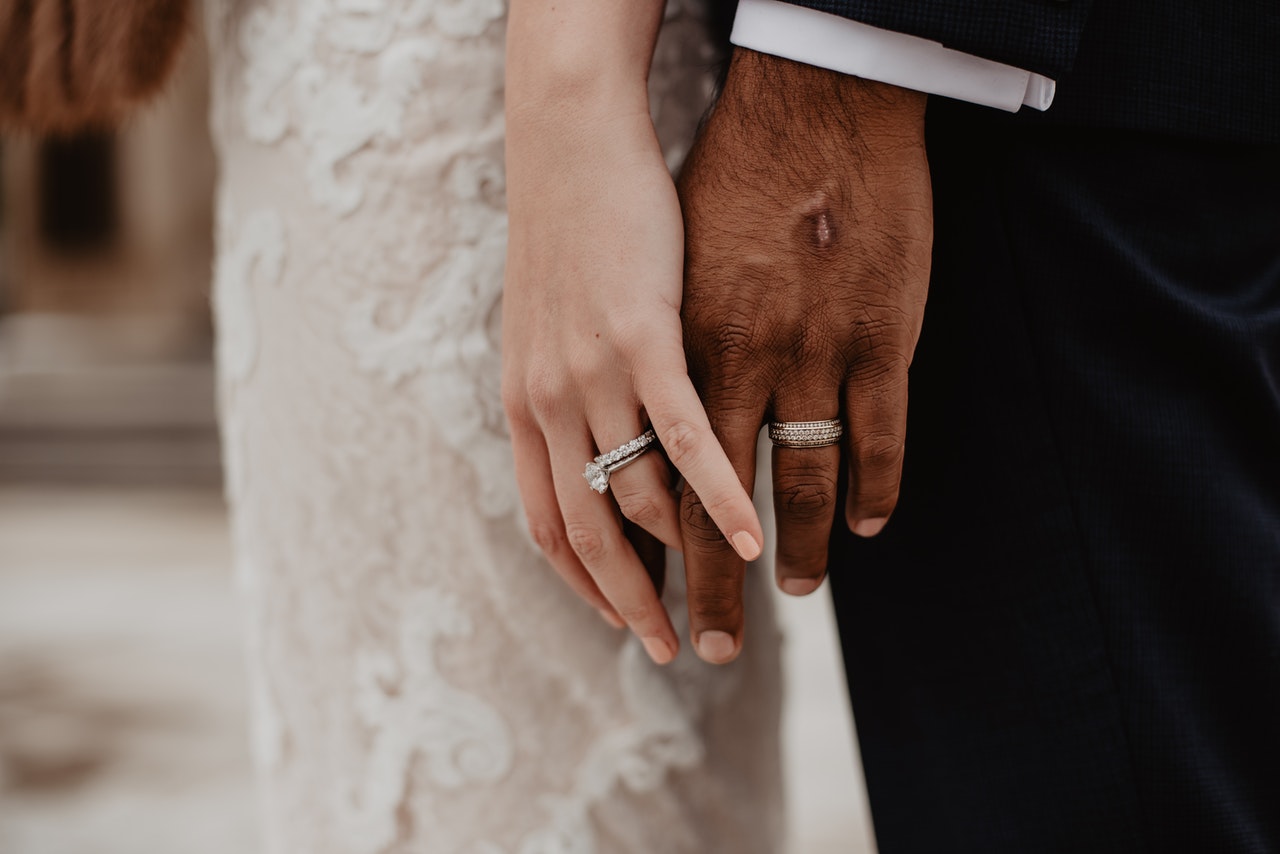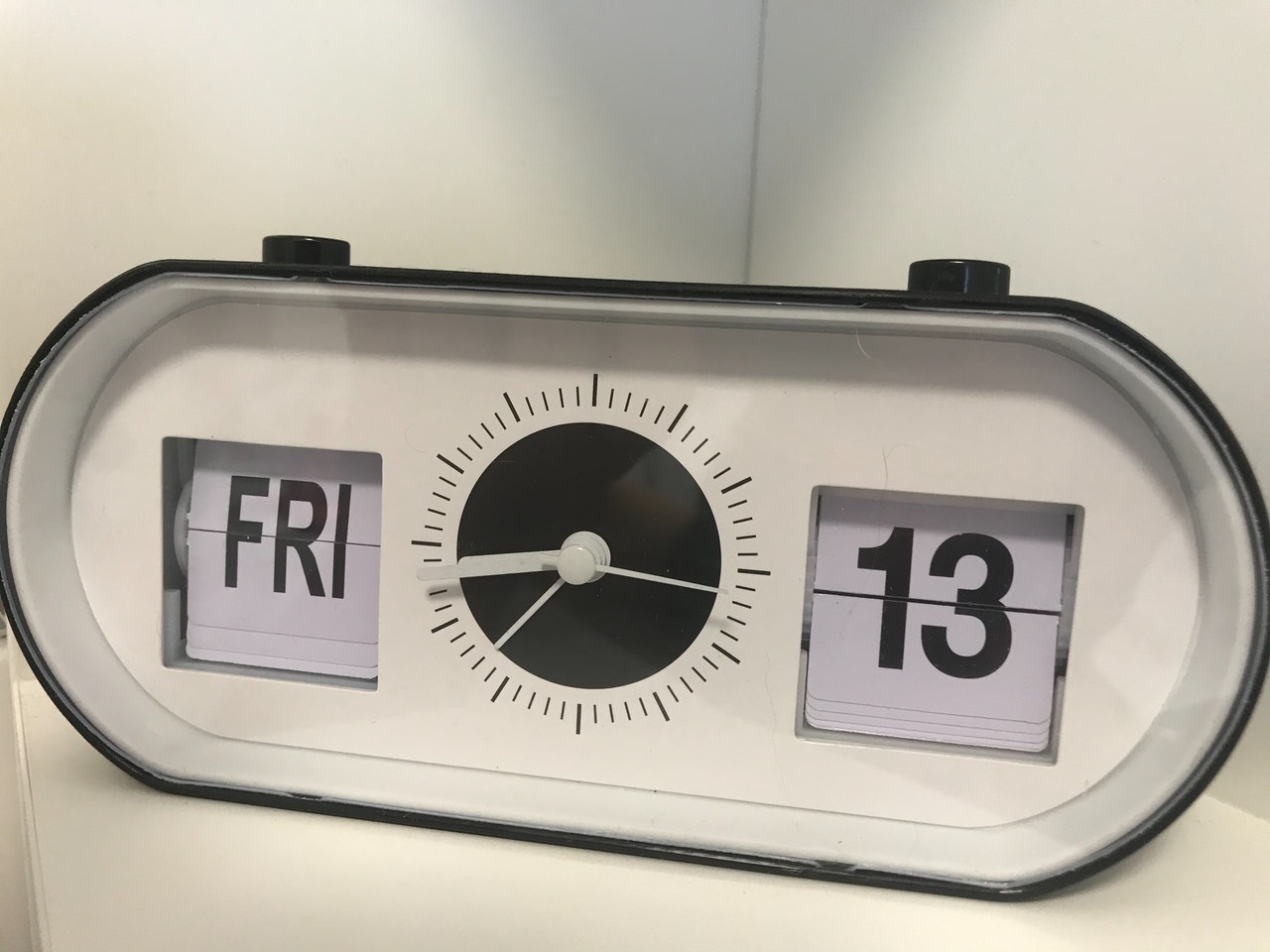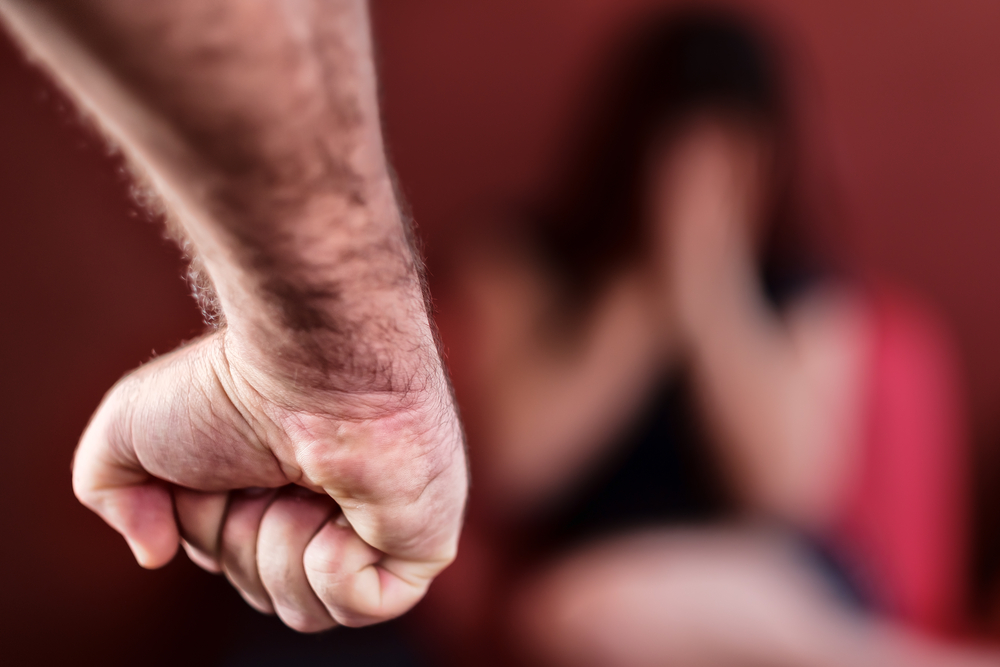Reading Time: 2 minutes
- Strategy 1: Focus on rehabilitation and restorative justice.
- Rehabilitation involves re-educating criminals by using psychological approaches and developing literacy skills & work training.
- In restorative justice, meetings are organized between the victim and the offender, with the goal of sharing experiences of what happened, to discuss the harm-caused, and to create a consensus for what the offender can do to repair the harm*.This may include a payment of money given from the offender to the victim, apologies and other amends, and other actions to compensate those affected and to prevent the offender from causing future harm. (Source Wikipedia)
- Strategy 2: Penalties in society are preferred over penalties in prison
- In cases, where there is no burden on the victim of the crime, the offender is allowed to serve their time out of jail as long as he/she meets with an official a specified number of times as ordered by the court.
- In return he/she can stay out of prison; in most cases, they retain their current employment, or the court orders employment and they get to continue being with their families.
- Around 2500 offenders are sentenced to this form of punishment each year and these offenders typically have to do community service of about 70 hours in a year and their movement is monitored using an electronic ankle GPS.
- Strategy 3: Humane imprisonment
- The idea of imprisonment in Norway is just to take away the power-to-decide for himself/herself from the offender; otherwise, the inmates are treated as citizens and they also have the right to vote.
- There are currently 43 prisons*5 of which are strictly female. in Norway, and in all prisons services are given to inmates just as they are given to those not imprisoned i.e., gym, health services, education, access to the library, etc.
- Norway’s laws forbid the use of torture and other cruel, inhuman, or degrading treatment as punishment.
- There are three levels of prisons: High-security (closed prisons), Lower-security (open prisons), & Transitional Housing, and, as much as possible, offenders are placed in the lowest security area.
- If some offender can’t be placed in low-security prison straightaway, there is a transition plan: the offender proceeds from high-security prisons to a lower security prison, then through a halfway house*An institute where necessary skills to reintegrate into the society are learned. Halfway houses provide social, medical, psychiatric, educational, and other similar services to facilitate smooth integration with the society., and eventually released into the community.
- A criminal can be sentenced to a maximum of 21 years*Norwegian extremist Anders Behring Breivik, who killed 77 people in a bombing and mass shooting, was also sentenced to only 21 years. Overall, Norwegians, even some parents who lost children in the attack, seemed satisfied with the sentence. Most of the outrage and incredulity over that sentence came from the US. with a provision of 5-year increments that can be added at the end of the initial 21-years sentence and repeated every 5 years if the system determines he/she can’t be rehabilitated.
Image courtesy of Toa Heftiba through Unsplash
Reference shelf :




